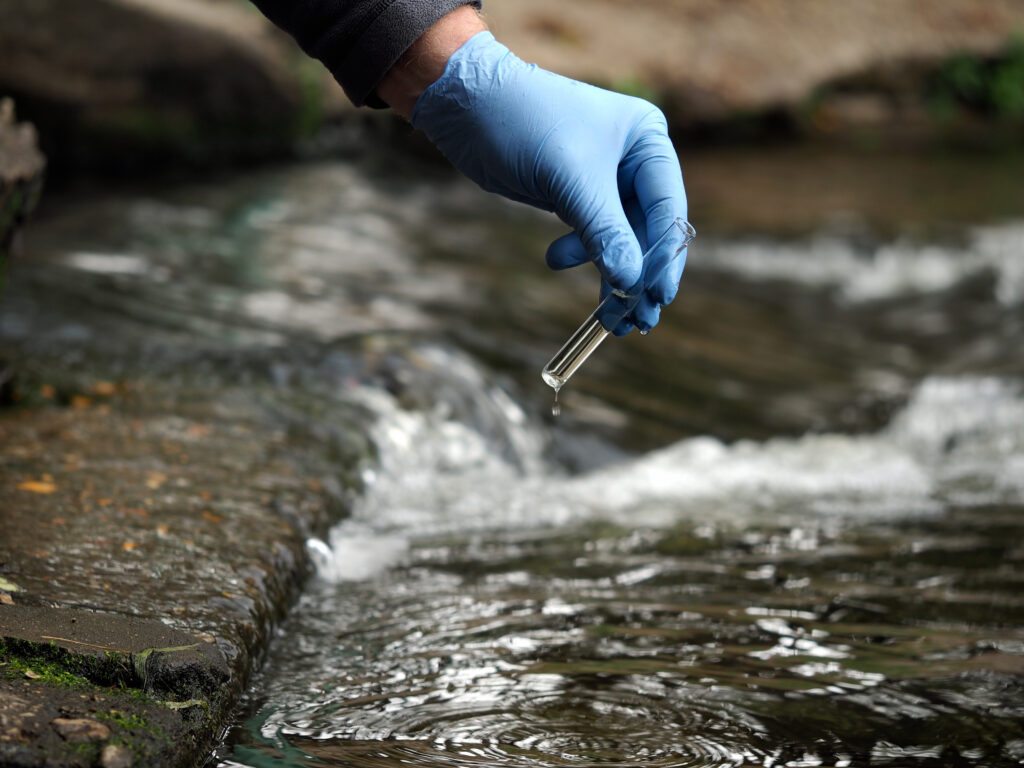Environment
Concerned about water quality? North Dakota wants to hear from you

In early January, some North Dakotans might be daydreaming about summer water activities but certain forms of pollution remain a threat to various waterways around the state, and officials want to hear residents’ concerns in a new survey.
The North Dakota Department of Environmental Quality is crafting a new 10-year strategy as it responds to the latest and more pressing threats to surface water. The rollout includes an online survey where residents can identify which pollutants they are most concerned about, and which rivers and lakes they want protected.
Emily Joynt, environmental scientist for the department, said engaging people in the research could also convince them to help make a difference.
“Whether that’s, you know, landowners participating in watershed projects or people assisting with monitoring activities if they’re interested,” Joynt outlined.
It includes creating more awareness about cost-sharing programs for conservation practices to reduce agricultural runoff. Joynt pointed out the department is keeping a close eye on the quantity of nutrients entering lakes and streams and their connection to harmful algal blooms. In its latest assessment, environmental quality experts cited runoff from concentrated animal feeding operations as one of the major sources of these nutrients.
The timing of the survey and any water quality concerns related to feeding operations coincides with a recent push by North Dakota to attract more livestock production. Meanwhile, there has been broader awareness about the threat of so-called “forever chemicals” stemming from the production of certain consumer products. Joynt noted the emerging issue is part of the survey.
“Our department does have a PFAS monitoring approach for not only groundwater and drinking water but also surface water now,” Joynt emphasized. “We’re starting to collect more PFAS data on water bodies across the state.”
According to the latest data, the department said nine lakes around North Dakota are not suited for water recreation due to factors like excessive nutrient loading. Another 36 are threatened, and officials said if left unchecked, the lakes could reach a point where frequent algal blooms and excessive weed growth curtail activities like swimming or fishing.
